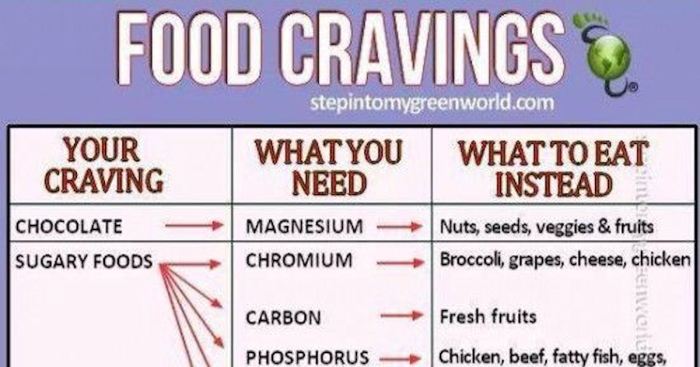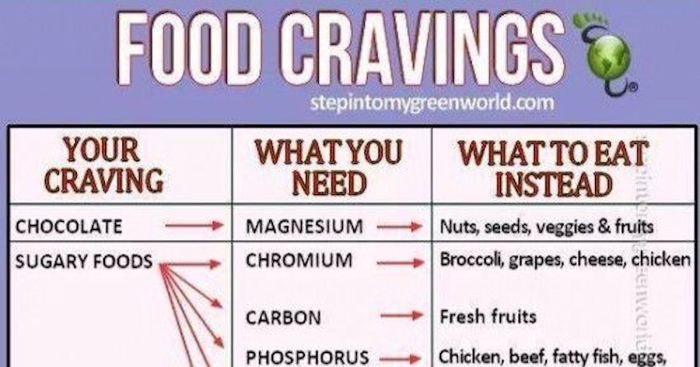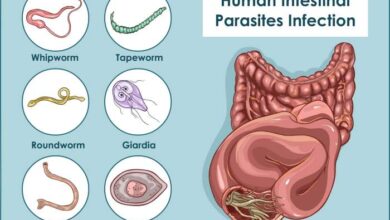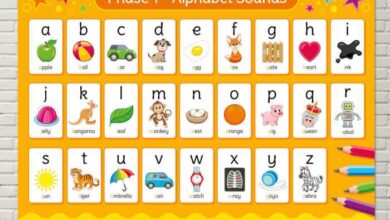
Decoding Your Food Cravings: Understanding Why You Crave What You Crave
Decoding your food cravings is a journey into the fascinating world of your body and mind. Ever wondered why you suddenly crave chocolate after a stressful day or a bag of chips after a long workout? It’s not just your taste buds talking; your body is sending you signals, and understanding them can be the key to healthier choices.
Food cravings are often influenced by a complex interplay of hormones, neurotransmitters, blood sugar levels, and even your emotional state. This article will explore the various factors that contribute to cravings, providing you with the tools to decipher those signals and make informed choices about your eating habits.
Deciphering Your Craving Signals: Decoding Your Food Cravings

Understanding the reasons behind your food cravings is the first step towards managing them effectively. Cravings are not simply random desires; they often reflect a deeper need or imbalance within your body or mind.
Identifying Common Food Cravings and Their Potential Causes
Cravings are often a sign that your body is seeking specific nutrients or experiencing an emotional or physiological imbalance. Here’s a list of common food cravings and their potential underlying causes:
- Sweet Cravings:Often indicate a need for energy, a drop in blood sugar levels, or a lack of essential nutrients like chromium and magnesium.
- Salty Cravings:Can signal dehydration, electrolyte imbalance, or a deficiency in minerals like sodium and potassium.
- Fatty Cravings:May indicate a need for essential fatty acids, a lack of satiety, or a hormonal imbalance.
- Carbohydrate Cravings:Often associated with low blood sugar, stress, or a lack of serotonin.
- Chocolate Cravings:Can be triggered by a need for magnesium, a desire for comfort, or a craving for the mood-boosting effects of theobromine and phenylethylamine.
- Spicy Cravings:May indicate a need for digestive support, a desire to increase metabolism, or a desire for a sensory experience.
Identifying Triggers for Your Cravings
Understanding the triggers for your cravings is crucial for managing them effectively. Keep a journal to track your cravings and their associated factors, such as:
- Time of Day:Are you more likely to crave certain foods at specific times of the day, such as after a meal or before bed?
- Activity Level:Do you crave certain foods after exercise or periods of inactivity?
- Emotional State:Do you crave specific foods when you’re stressed, bored, or feeling down?
- Social Context:Are you more likely to crave certain foods when you’re with friends or family?
- Environmental Cues:Do you crave certain foods when you’re exposed to specific smells, sights, or sounds?
Creating a Craving Journal
A simple journal or tracking system can help you identify patterns in your cravings and develop strategies for managing them. Here’s a basic format:
| Date | Time | Craving | Intensity (1-10) | Trigger | Action Taken | Outcome |
|---|---|---|---|---|---|---|
Healthy Strategies for Managing Cravings

Suppressing cravings might seem like the easiest solution, but it often leads to a cycle of deprivation and overindulgence. Addressing the root cause of cravings is a much more sustainable and effective approach. By understanding the triggers and underlying needs that fuel cravings, we can develop healthier strategies for managing them.
Understanding and Addressing the Root Cause, Decoding your food cravings
Cravings often arise from underlying needs that our bodies are trying to communicate. They might be signals of physical hunger, nutrient deficiencies, stress, boredom, or emotional distress. Identifying the specific cause of a craving is crucial for finding the most appropriate solution.
For example, if you find yourself craving sugary treats after a stressful day, the craving might be a signal of emotional distress rather than a genuine need for sugar. Addressing the stress through relaxation techniques or other coping mechanisms could be more effective than simply indulging in the sugary treat.
Managing Emotional Cravings
Emotional cravings are often triggered by stress, boredom, sadness, or anxiety. They are not necessarily a sign of physical hunger, but rather a way for our bodies to cope with emotional discomfort. Here are some strategies for managing emotional cravings:
Stress Reduction Techniques
- Deep Breathing Exercises:Deep, slow breaths can help to calm the nervous system and reduce stress. Try inhaling deeply for a count of 4, holding your breath for a count of 4, and exhaling slowly for a count of 4.
- Meditation:Regular meditation can help to cultivate mindfulness and reduce stress. There are numerous guided meditations available online and through apps.
- Yoga or Tai Chi:These practices combine physical movement with deep breathing and mindfulness, promoting relaxation and stress reduction.
Mindfulness Practices
- Mindful Eating:Pay attention to the sensations of eating, focusing on the taste, texture, and aroma of your food. This can help to increase satisfaction and reduce overeating.
- Body Scan Meditation:Focus your attention on different parts of your body, noticing any sensations or tension. This can help to increase awareness of your body and its signals.
Healthy Coping Mechanisms
- Exercise:Physical activity releases endorphins, which have mood-boosting effects.
- Social Connection:Spending time with loved ones can help to reduce stress and provide emotional support.
- Creative Pursuits:Engaging in hobbies or activities that you enjoy can be a healthy way to manage stress and boredom.
Figuring out what your body really needs can be tricky, especially when cravings hit. Sometimes, what seems like a craving for a greasy burger might actually be a sign of dehydration. It’s like those optical illusions that fools the eye , making you think you see something that isn’t there.
Once you start paying attention to the signals your body sends, you can learn to decode your cravings and make healthier choices that truly nourish you.
Decoding your food cravings can be a fun, introspective journey. Sometimes, the craving isn’t for the actual food itself, but for the feeling it evokes. For example, maybe you’re craving a chocolate orange because you associate it with a happy childhood memory.
If that’s the case, maybe you could try channeling that feeling through a different activity, like baking a batch of cookies, or revisiting that old memory by looking through photos. And if you’re truly craving a chocolate orange, there’s nothing wrong with indulging – just remember to do it in moderation! After all, learning how to give a chocolate orange as an apple how to give a chocolate orange as an apple is a skill that can be quite useful when you’re trying to decode those cravings.
Sometimes, decoding your food cravings can lead you down a path of unexpected discoveries. For example, maybe that urge for something sweet and refreshing is actually your body’s way of telling you to celebrate! If that’s the case, check out 3 2 1 blast off with patriotic popsicles 2 for a fun and festive way to satisfy your cravings while also showing your patriotic spirit.
After all, understanding your food cravings is all about listening to your body and finding creative ways to nourish it!






